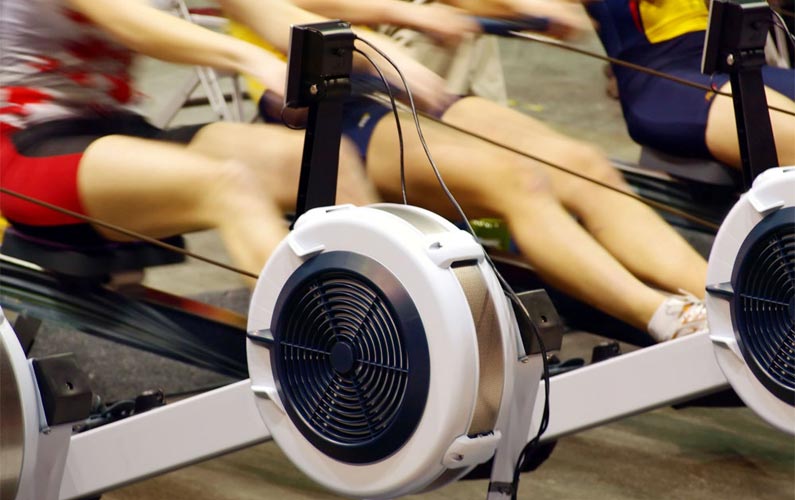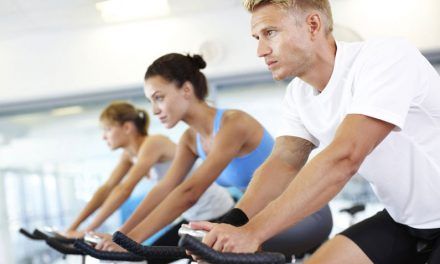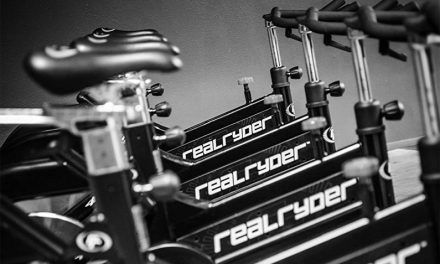Have you ever been to a rowing competition and seen the men and women athletes of crew? They are incredibly fit … and for good reason. Rowing is a demanding sport and requires strength and endurance.
A row machine is ideal for those looking for a high intensity, low impact way to target muscles in your legs, back, arms, and mid section. They are perfect for people of all ages, sizes, and fitness levels. Not only do they provide a full body workout, they are a great source for aerobic exercises and help preserve your joints.
If you’re shopping for one, we’ve put together a list of some of the best rowing machine reviews to help with your decision.
Top 10 Rowing Machines
| Row Machine | Resistance | Required Space | Price | Rating |
|---|---|---|---|---|
Concept2 D Model | Air | 9ft x 4ft | $$$ | |
Concept2 E Model | Air | 9ft x 4ft | $$$$ | |
WaterRower Club | Water | 8ft x 3ft | $$$$ | |
First Degree Fitness Newport Adjustable Resistance Water Rower | Water | 8ft x 3ft | $$$ | |
LifeSpan Fitness RW1000 | Magnetic | 8ft x 3ft | $$$ | |
Stamina 15-9003 Deluxe Conversion II | Magnetic | 8ft x 3ft | $$$ | |
Kettler Stroker Rower | Magnetic | 8ft x 3ft | $$$ | |
Sunny Health and Fitness Rowing Machine | Hydraulic | 6ft x 3ft | $$ | |
Velocity Exercise Magnetic Rower | Magnetic | 6ft x 3ft | $$$ | |
Stamina Air Rower Rowing Machine | Air | 8ft x 3ft | $$$ |
Type of Resistance
Aside from price, resistance is an important factor to consider when shopping for a row machine. There are different four different types: water, air, hydraulic, and magnetic and each has its benefits.
Air
Air resistance row machines get their resistance from a flywheel that spins when the user pulls the handles. The harder and faster the handle is pulled, the faster the flywheel spins which in turn creates more resistance. Some models use dampers, a lever that controls how much air flows into the housing where the flywheel spins. It works like this, the more air you let in, the greater the resistance and the quicker the flywheel slows down. The less air, the less resistance, making the flywheel easier to spin.
Air rowers are typically the standard rowing machines that you would see and use in gyms. Members of crew often use air rowers during their training sessions.
Water
The resistance in water row machines is somewhat similar to that of air rowers. Paddles are suspended in a tank of water and when the user pulls the handle, the paddles spin. The water creates the resistance and like air rowers, the resistance is determined by the intensity of the row. The harder or faster you row, the greater the resistance.
Many users enjoy these types of rowers due to its realistic sensation of rowing on water with the same effectiveness of an air rower.
Hydraulic
If space is an issue or you are on a tight budget, then hydraulic rowers are probably the best choice. Aside from being the most affordable, they are extremely compact and some are designed to fold for easy storage. Another added benefit of hydraulic rowers are the adjustable resistance settings on the hydraulics. You’ll find that some are designed with two hydraulics that can be individually adjusted to provide different resistance levels for the arms.
Magnetic
Magnetic rowers are considered to be the most quiet out of the group. The resistance is created through a magnetic braking system. As the rower pulls, the flywheel spins between two magnets that can be adjusted to move closer or further from the flywheel. The closer the magnets are to the flywheel, the greater the resistance and the further away, the less resistance there is.




![Bowflex Treadclimber Review [SEEN THE COMMERCIAL?]](https://weightathome.net/wp-content/uploads/2018/12/Treadclimber_header-440x264.jpg)

